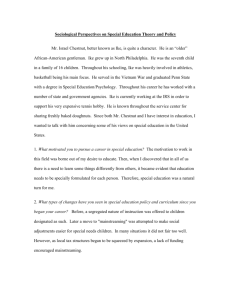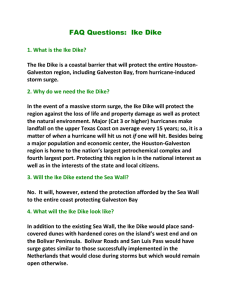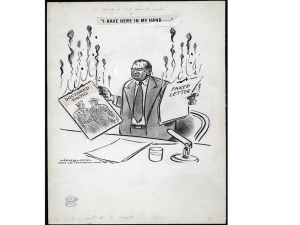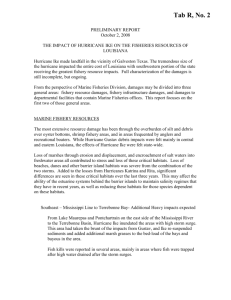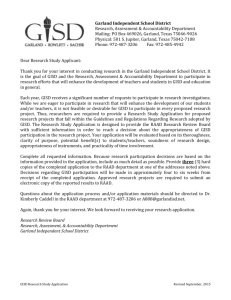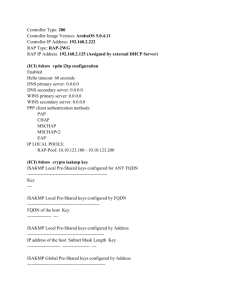here
advertisement
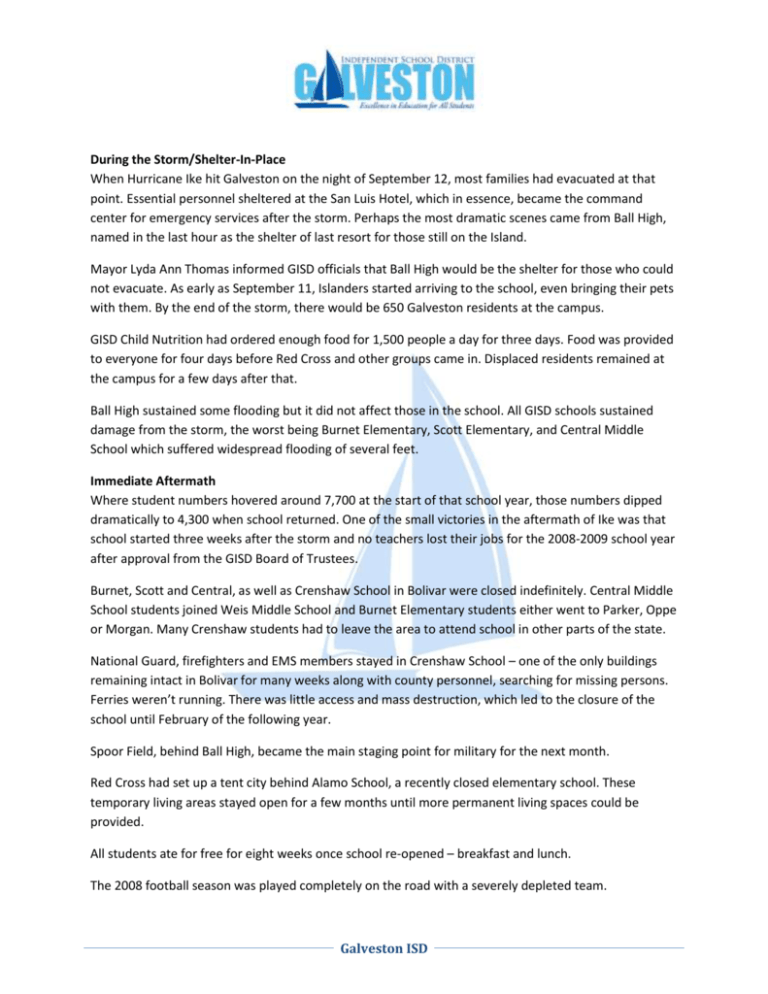
During the Storm/Shelter-In-Place When Hurricane Ike hit Galveston on the night of September 12, most families had evacuated at that point. Essential personnel sheltered at the San Luis Hotel, which in essence, became the command center for emergency services after the storm. Perhaps the most dramatic scenes came from Ball High, named in the last hour as the shelter of last resort for those still on the Island. Mayor Lyda Ann Thomas informed GISD officials that Ball High would be the shelter for those who could not evacuate. As early as September 11, Islanders started arriving to the school, even bringing their pets with them. By the end of the storm, there would be 650 Galveston residents at the campus. GISD Child Nutrition had ordered enough food for 1,500 people a day for three days. Food was provided to everyone for four days before Red Cross and other groups came in. Displaced residents remained at the campus for a few days after that. Ball High sustained some flooding but it did not affect those in the school. All GISD schools sustained damage from the storm, the worst being Burnet Elementary, Scott Elementary, and Central Middle School which suffered widespread flooding of several feet. Immediate Aftermath Where student numbers hovered around 7,700 at the start of that school year, those numbers dipped dramatically to 4,300 when school returned. One of the small victories in the aftermath of Ike was that school started three weeks after the storm and no teachers lost their jobs for the 2008-2009 school year after approval from the GISD Board of Trustees. Burnet, Scott and Central, as well as Crenshaw School in Bolivar were closed indefinitely. Central Middle School students joined Weis Middle School and Burnet Elementary students either went to Parker, Oppe or Morgan. Many Crenshaw students had to leave the area to attend school in other parts of the state. National Guard, firefighters and EMS members stayed in Crenshaw School – one of the only buildings remaining intact in Bolivar for many weeks along with county personnel, searching for missing persons. Ferries weren’t running. There was little access and mass destruction, which led to the closure of the school until February of the following year. Spoor Field, behind Ball High, became the main staging point for military for the next month. Red Cross had set up a tent city behind Alamo School, a recently closed elementary school. These temporary living areas stayed open for a few months until more permanent living spaces could be provided. All students ate for free for eight weeks once school re-opened – breakfast and lunch. The 2008 football season was played completely on the road with a severely depleted team. Galveston ISD Overall, GISD suffered approximately $44 million in damage due to Ike with damage to every school. Ike Recovery After Ike, the Federal Emergency Management Agency approved 109 projects to rebuild and renovate facilities. Central Middle School re-opened in September 2009 after $7 million in renovations to the first floor. Scott re-opened as a middle school in September 2010. Five years later, signs of Ike’s impact remains, with Burnet Elementary still not opened. Officials have a tentative re-open date for the start of the 2014 school year. It is the biggest sign of Ike’s impact on Galveston schools. Student enrollment numbers are currently at 6,780 students, around 1,000 students less than before Ike, but enrollment has steadily increased since Ike. Over 1,000 students have returned to Galveston in the last three years. IKE: A Documentary One of the most heartwarming efforts to come from the aftermath of Ike was the student-produced Ike: A Documentary, The Story of a Torn City Rebuilt By Everyday Heroes. Bobby Weiss’s Ball High Media Tech class decided to chronicle the recovery efforts of Ike and the inspiring stories of survival. The documentary went on to be screened the following year to a packed audience at The Grand 1894 Opera House, an event of catharsis and closure for many of those involved. The documentary went on to be accepted to several film festivals across the country. It is available for sale through the GISD Support Center for $10 a copy. Contact 409-766-5145 or communications@gisd.org to order the DVD. For more information, please contact Dyann Polzin, Chief Human Resources, Student Services and Communications Officer, at 409-766-5124 or dyannpolzin@gisd.org. For media requests, please contact Johnston Farrow, Communications Specialist at 409-766-5145 (office) or 409-692-3894 (cell) at johnstonfarrow@gisd.org. Galveston ISD
